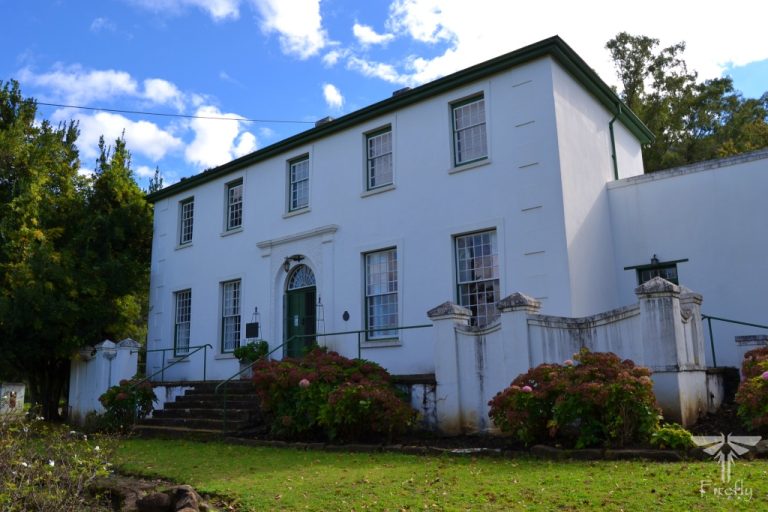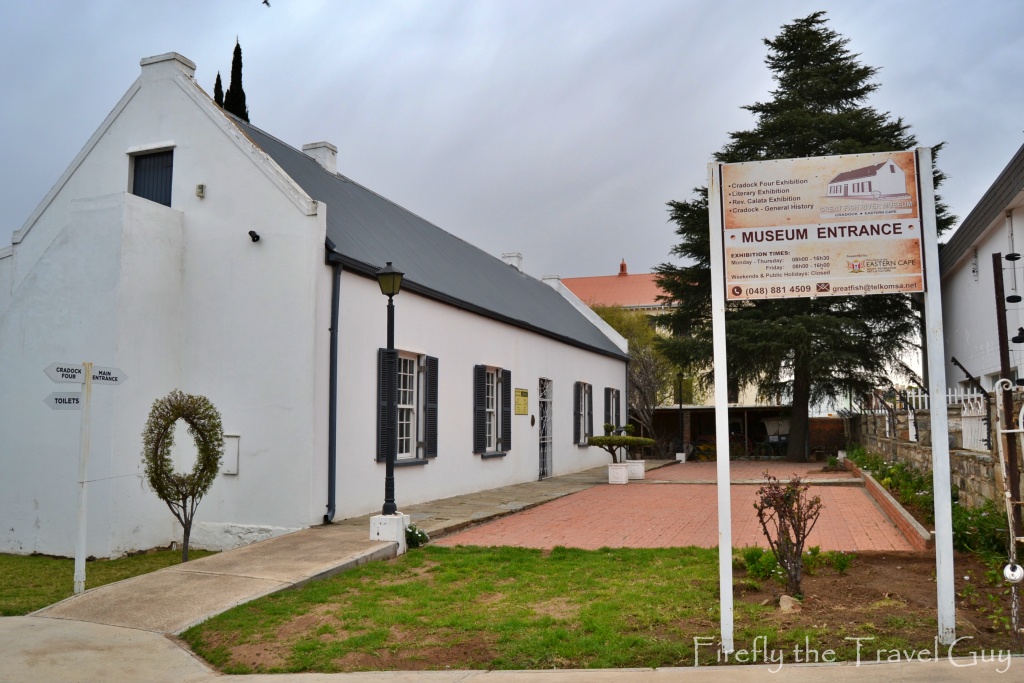
I’ve always had a thing for museums. It’s a love that developed from visiting the Port Elizabeth Museum and Castle Hill No.7 as a child, and it has always stayed with me. Museums aren’t everybody’s cup of tea, but if you want to learn more about a place’s history, then the local museum is the place to go. Add to that the fact that most towns have a museum of some kind and you’ll know what one of the first things I look for when I visit a new town is. Yes, the museum.
Cradock has two excellent museums, Schreiner House and the Great Fish River Museum. The former I’ve posted about before, and you’re reading my post about the latter.
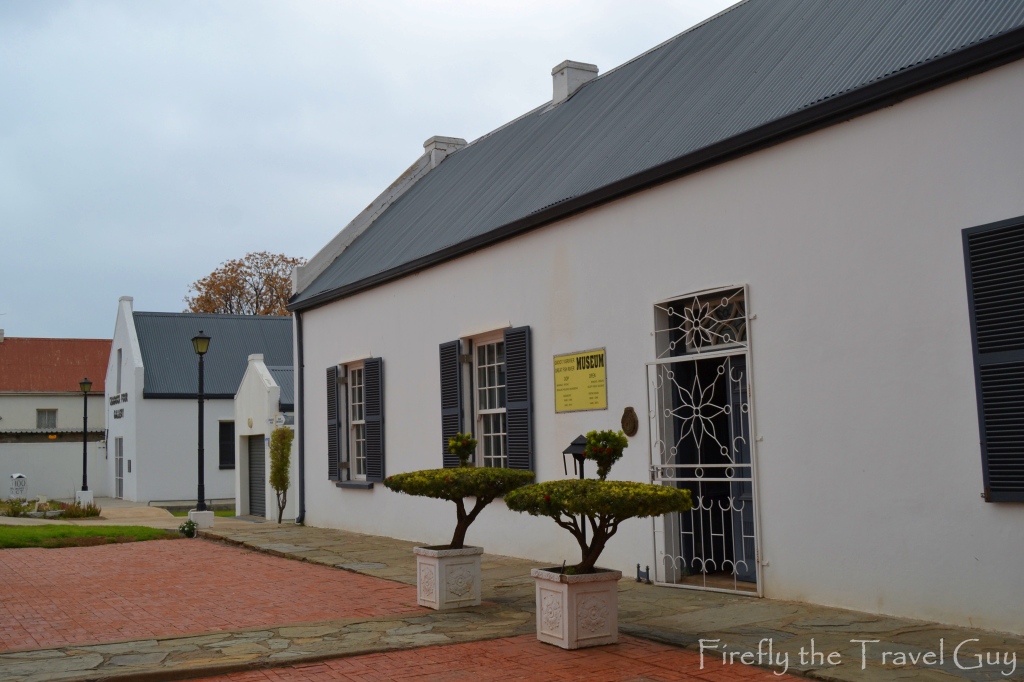
The Great Fish River Museum, also known as the Cradock Museum, is dedicated to showcasing the history of the hard lives led by pioneer settlers in the area dating back to the early 1800s. The museum isn’t that easy to just stumble upon, as it is located in a side street behind the town hall and municipal buildings. It is housed in the second Dutch Reformed Church Parsonage, built in 1849. The building was declared a national monument in 1971.
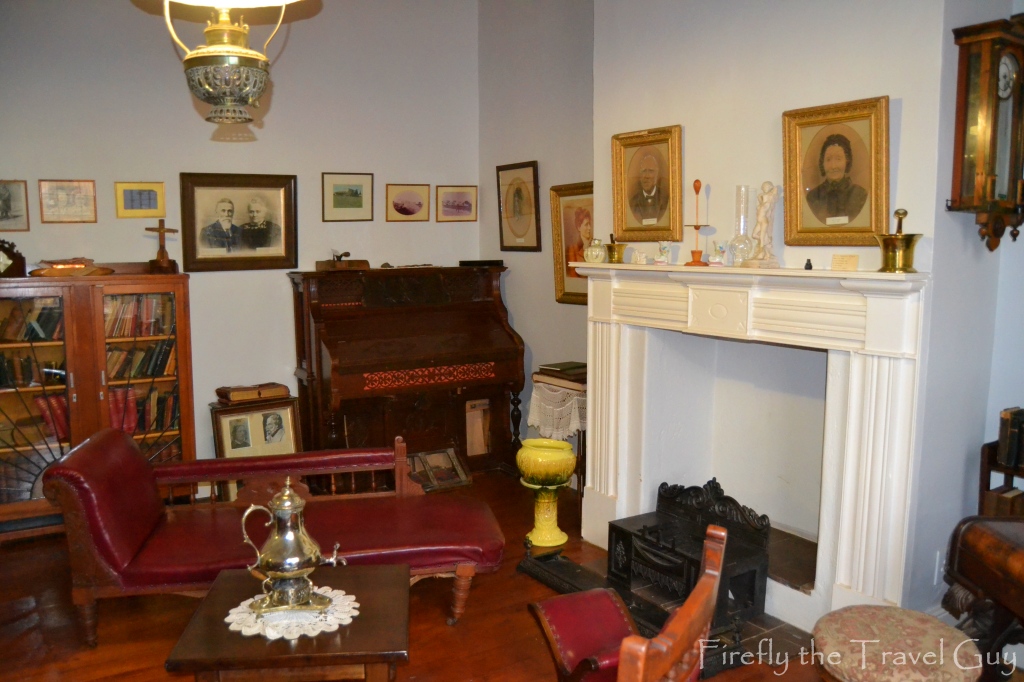
I loved walking through the museum and exploring all the different rooms. It’s a typical small town museum with a big part of it showing how people lived during those frontier days and in the years after. The museum exhibits a fairly comprehensive assortment of historical items, including furniture of the time, ceramics and a couple of old photographs. Some of the oldest items in the collection date back to the mid-1600s.
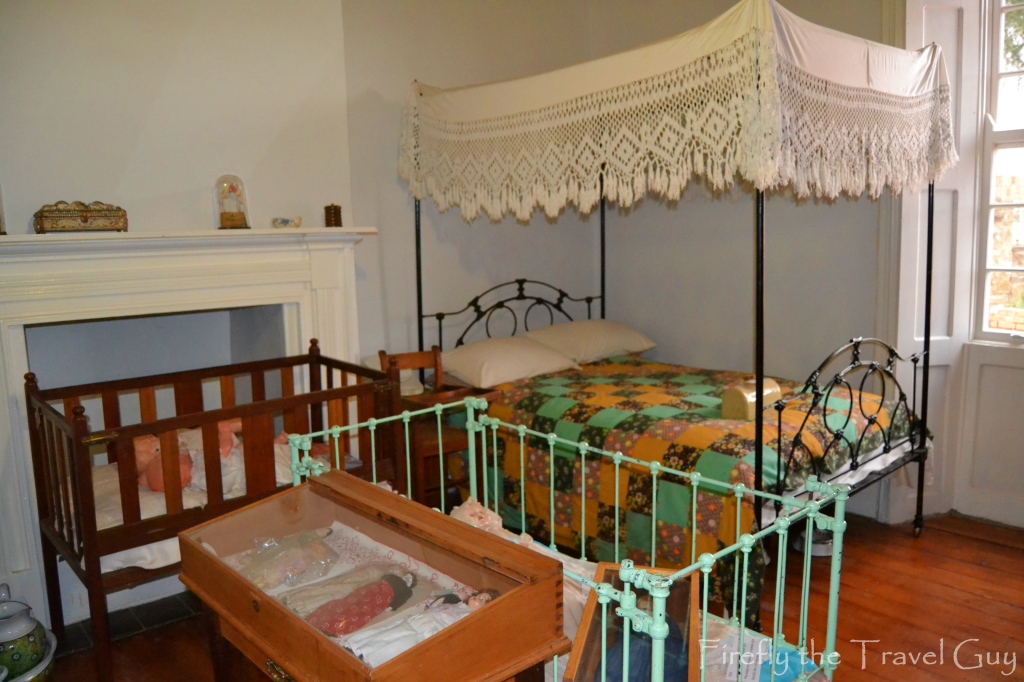
The museum houses the organ that was played at Paul Kruger’s baptism as well as copies of his christening certificate. I only read about that after my visit; otherwise I would have asked about it. They also have copies of the Midland News (Cradock’s local newspaper) printed on silk and dating back to 3 September 1912.
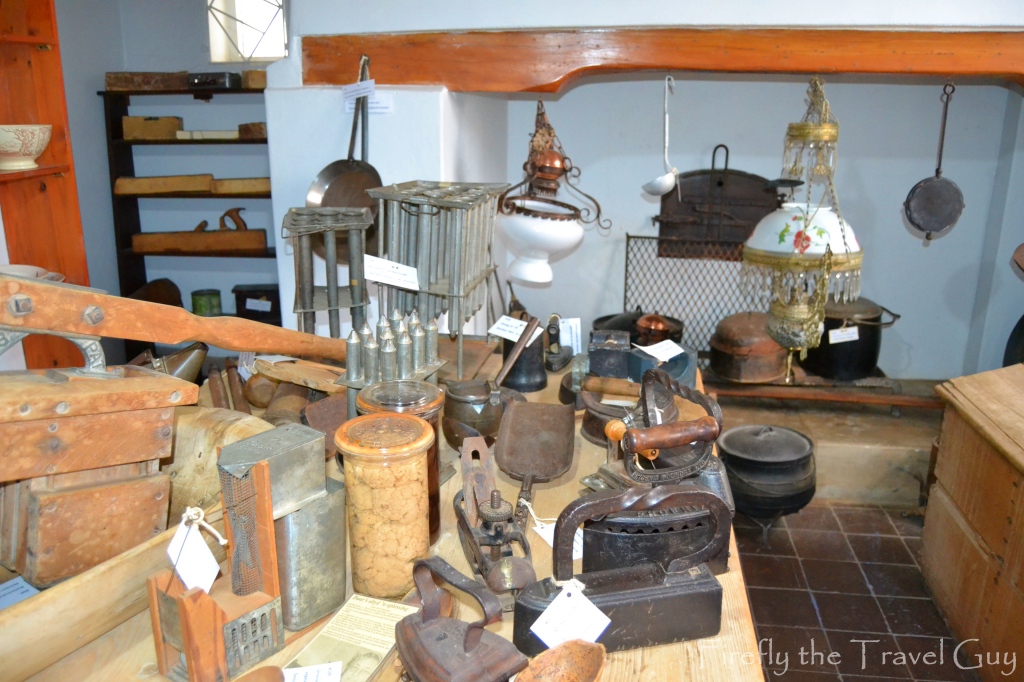
My favourite room in these museums is usually the kitchen. I can never get enough of seeing all the old implements and equipment they used back in those days. The Great Fish River Museum’s kitchen was no different and didn’t disappoint.
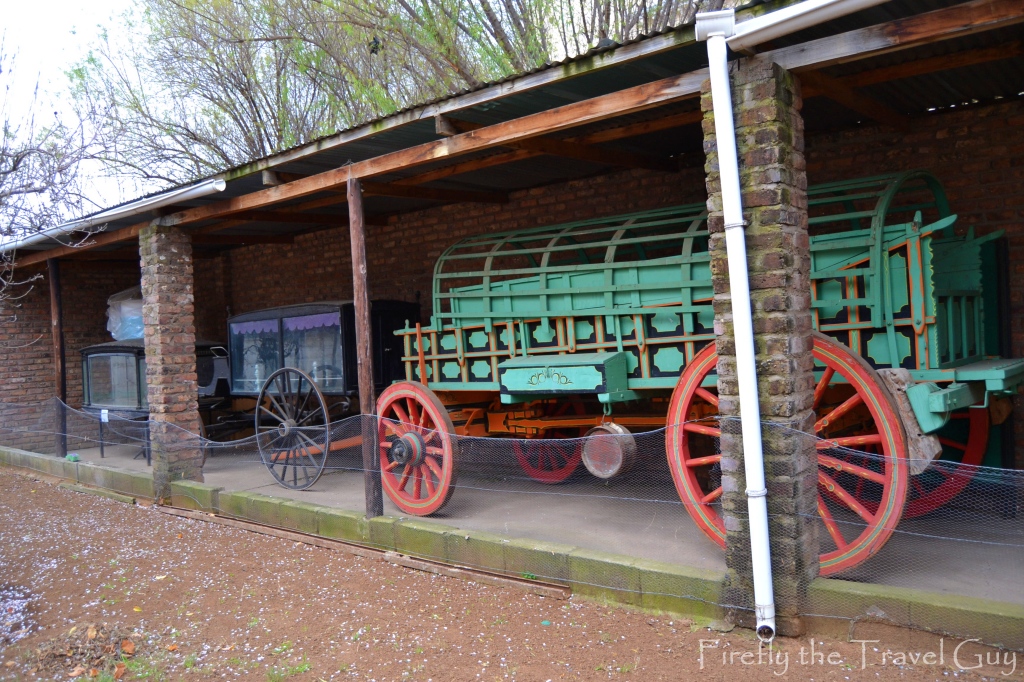
On display in the coach house is a typical ox wagon, a horse cart and a hearse dating back to the early settlers. The garden is also a fine example of a parsonage garden dating back some 100 years, preserving those moments in history.

Next to the museum building is the Cradock Four Gallery with a text and photo display on the history of these well-known activists. The Cradock Four were a group of four anti-apartheid activists who were abducted and murdered by South African security police in June 1985. All four men were from Cradock. On 27 June 1985, Matthew Goniwe, Fort Calata, Sparrow Mkhonto and Sicelo Mhlauli were detained by the security police outside Port Elizabeth on their return from a UDF (United Democratic Front) meeting. Goniwe and Calata were rumoured to be on a secret police hit list for their active participation in the struggle against apartheid in the Cradock area. The South African security police murdered them and burned their bodies. The Cradock Four Garden of Remembrance on the southern side of town also commemorates these four men.

The Cradock Four display also links nicely with the photographic display of Nelson Mandela and his life in the struggle. There’s also a display on Cradock’s Literary figures.
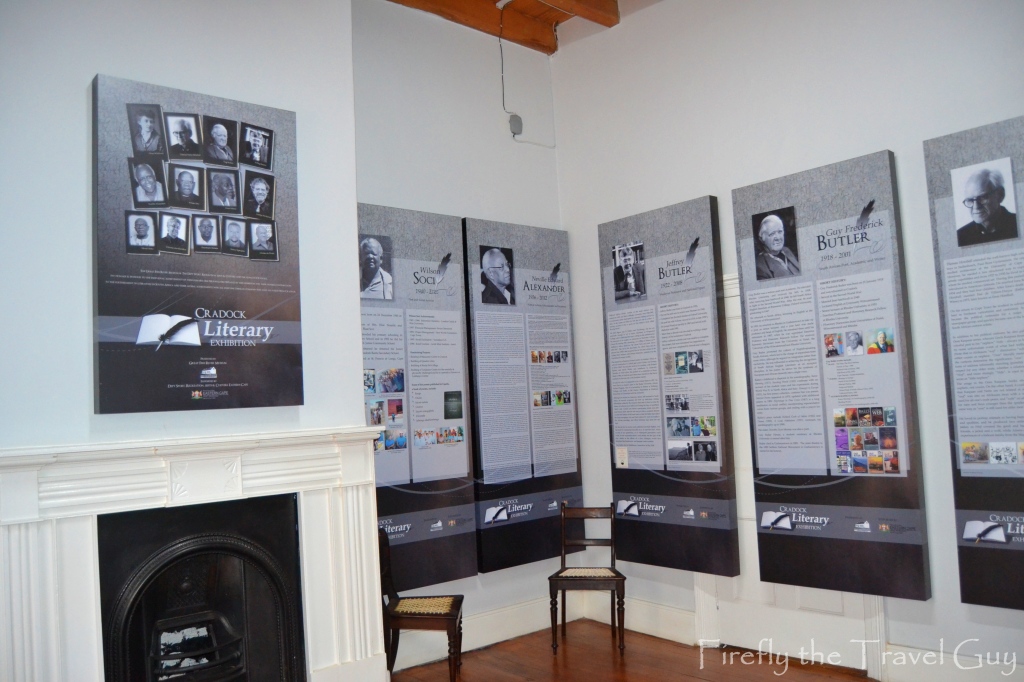
The Great Fish River Museum shows how a museum can incorporate more recent history alongside the early history of a town without removing anything, thus creating an all-encompassing display for visitors of all races and nationalities to enjoy. Not bad for a small town museum.


